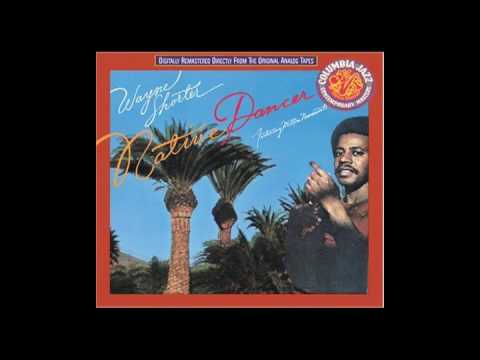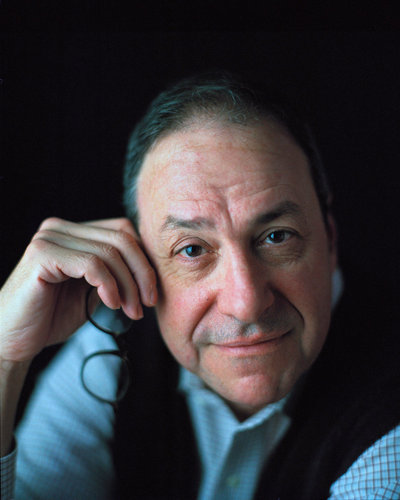When Native Dancer was first released in 1974, it was marketed as a Wayne Shorter album. That made a certain undeniable sense: an alumnus of one of Miles Davis’s greatest groups (it also included Herbie Hancock, Tony Williams and Ron Carter), Shorter was by then part of the wildly popular jazz fusion band Weather Report. Native Dancer was sold to the jazz-loving public as a Wayne Shorter solo project.
But it wasn’t. Instead, it was the result of a collaboration between Shorter and Milton Nascimento, perhaps the most important of the post-bossa nova Brazilian songwriters, composer of such classics as “Travessia,” “Cais,” and “Ponta de Areia.” Nascimento wrote five of the songs on Native Dancer, and the pianists for the session included not only Hancock but also Nascimento’s long time collaborator and friend, Wagner Tiso. It is fair to say that Native Dancer played the same kind of role in spreading Nascimento’s music beyond Brazil that Stan Getz and Charlie Byrd played with Jobim when they recorded Jazz Samba in 1962—the album that introduced bossa nova to American listeners.
My friend Cliff Korman, a pianist and educator who has lived and played in Brazil for decades, once interviewed Tiso about Native Dancer. Tiso told Korman that Shorter had first heard Nascimento while touring in Brazil with Weather Report, and immediately knew that “he wanted to record that sound.”
Korman also sent me a short excerpt of an interview Shorter himself gave a few years ago to in which he explained what he had in mind with Native Dancer. “The disc is important because it shows how to bring two views of music together without one being subordinated to the other,” he said. “We didn’t want Milton to imitate jazz, and I wouldn’t have been able to imitate Milton. We succeeded in doing something in which each complemented the other.”
The song I’ve chosen is “From The Lonely Afternoons” in part because it shows off so beautifully Nascimento’s haunting ‘Brazilian vocalise,’ as I like to think of it. If you listen to any of Pat Metheny’s classic albums, like Still Life Talking, you can hear Nascimento’s influence in Metheny’s own use of ‘wordless voice-as-instrument.’ In fact, since this is my last day blogging for NYFOS—what a great gig!—as an added bonus, I’ve linked to a video of Nascimento playing “Maria, Maria” with a lineup that included Metheny, Ron Carter and Michael Brecker.
bonus link: https://www.youtube.com/watch?v=WGNgC5sK71E
This post originally ran on November 6, 2015.



0 Comments